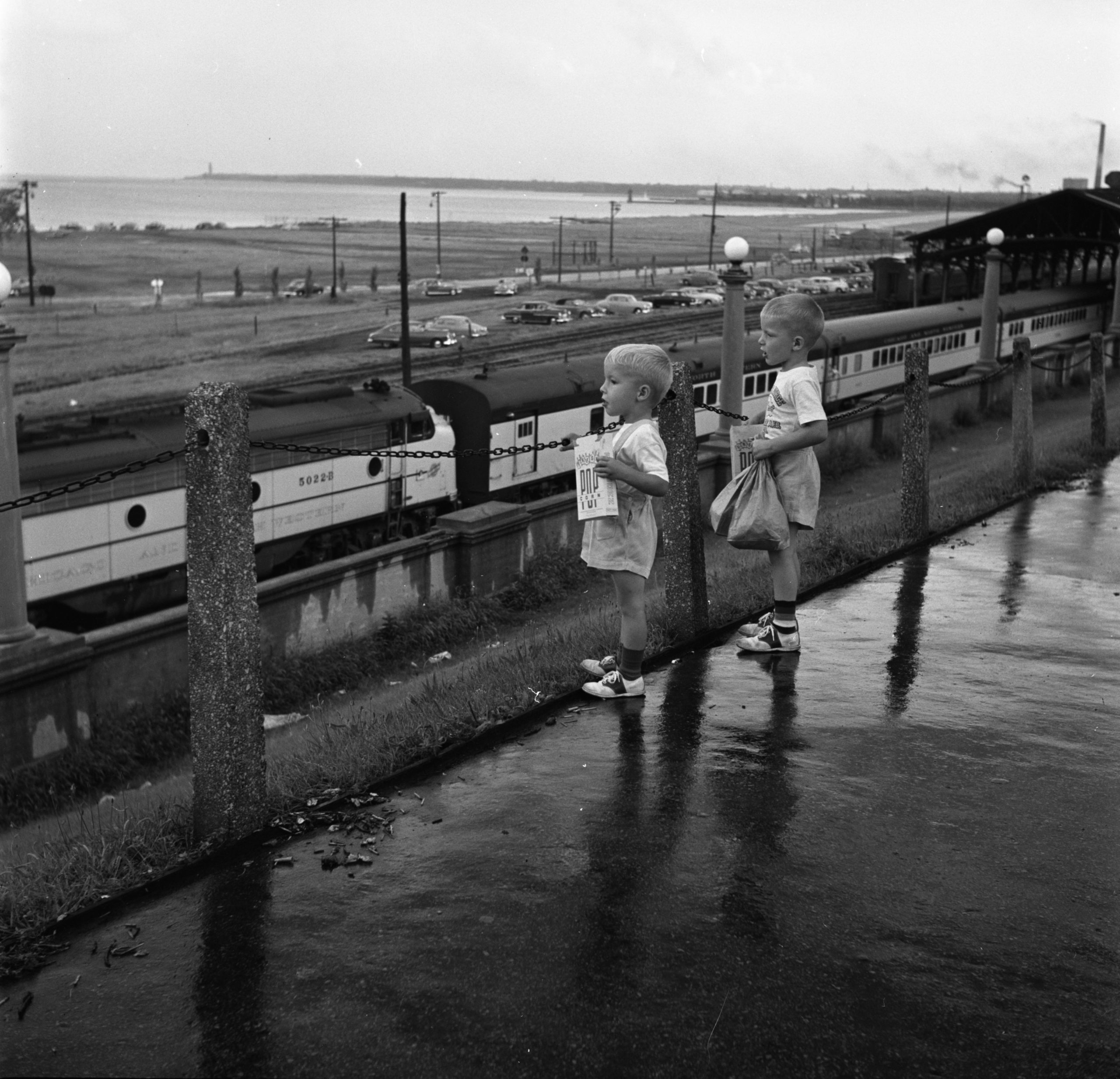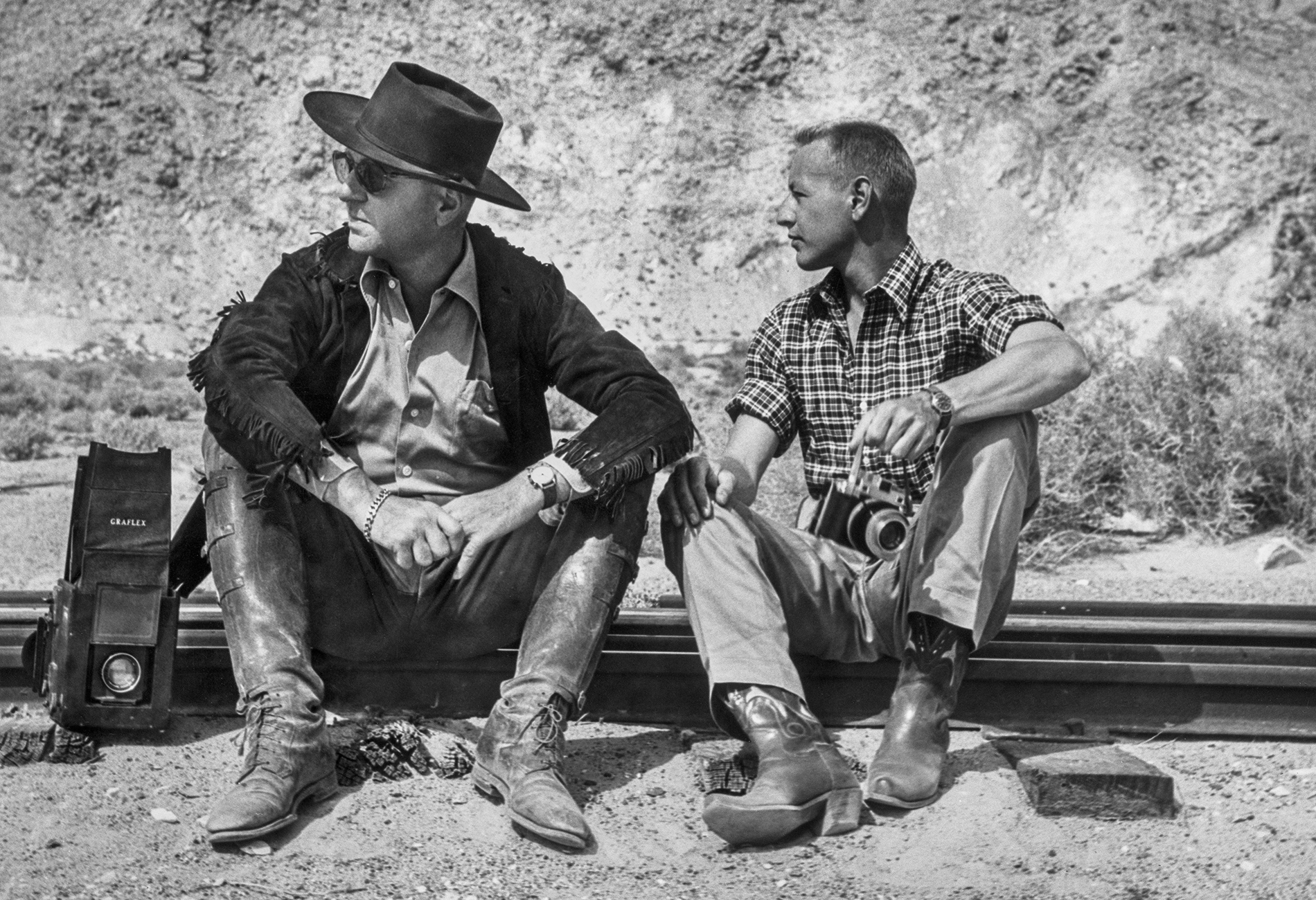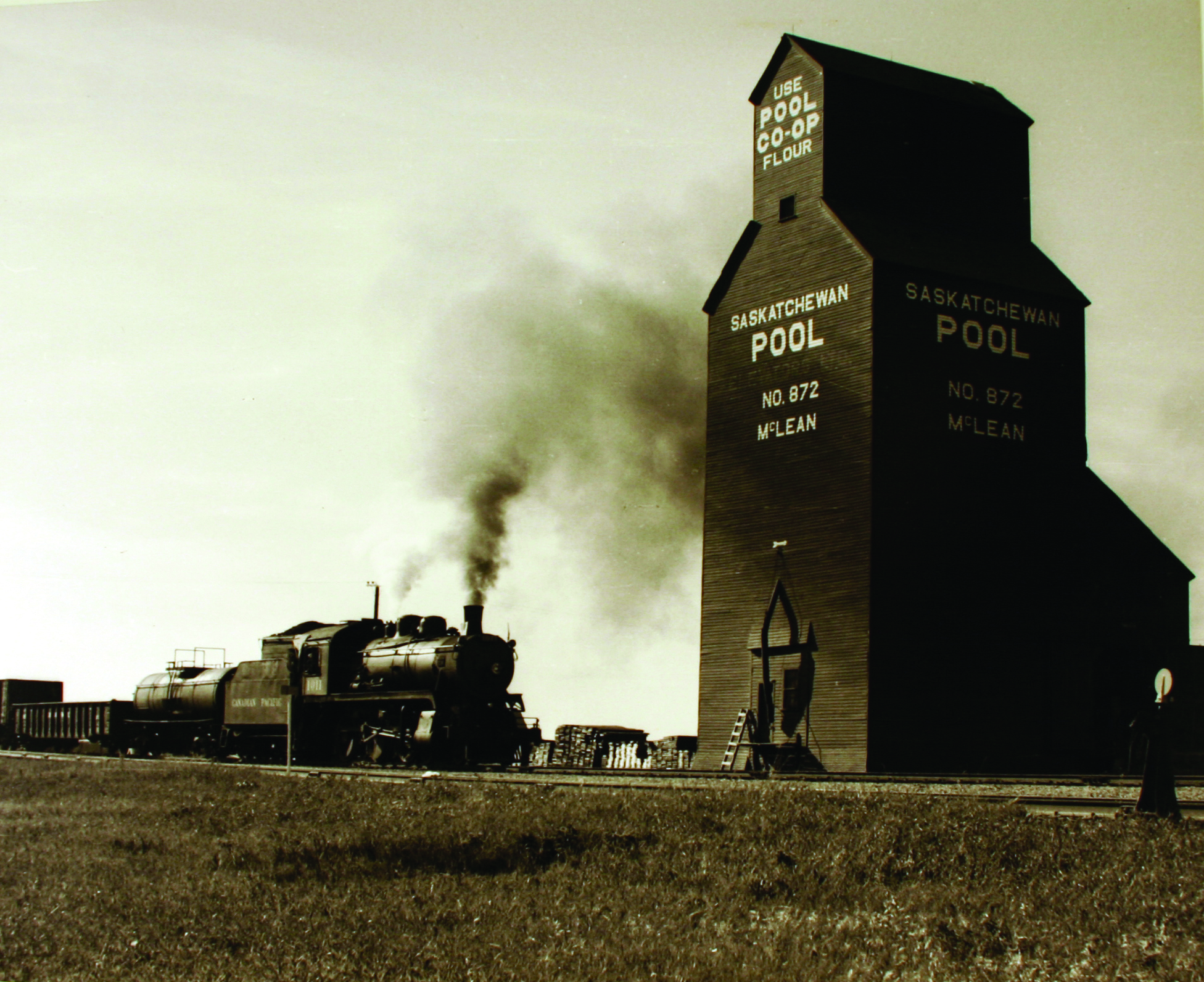$5 per set of six cards, which includes domestic postage

$5 per set of six cards, which includes domestic postage

Wednesday, December 16, 2020
7:00-8:00 P.M. (U.S. Central), on Cisco Webex
 On a rainy summer day in Milwaukee, Wisconsin, in 1952, two boys watch as the Chicago & North Western’s westbound Twin Cities 400 makes its stop at the city’s lakefront depot, near the shore of Lake Michigan. Abbey-03-049-002.
On a rainy summer day in Milwaukee, Wisconsin, in 1952, two boys watch as the Chicago & North Western’s westbound Twin Cities 400 makes its stop at the city’s lakefront depot, near the shore of Lake Michigan. Abbey-03-049-002.
Presented on kunstmatrix.com
With dramatic images and sweeping promotional strategies, Lucius Beebe—joined in 1941 by his life partner Charles Clegg—introduced railroad photography and the world of railroading to wide popular audiences. Their pioneering efforts established a broad market and wide appreciation for rail photography, leading to its far-reaching appeal in print today. The exhibition Beebe & Clegg: Their Enduring Photographic Legacy has been assembled by the Center for Railroad Photography from source material of the book of the same title (The Center for Railroad Photography & Art, 2018), and is newly presented in this online format.
 Lucius Beebe (left) and Charles Clegg pose along the tracks of the Southern Pacific narrow gauge in the Owens Valley of California. Their pioneering efforts established a broad market and wide appreciation for rail photography. Beebe’s 4×5-inch Graflex Model B with an adapter for a film pack rests on the ground next to him, while Clegg holds his original Kodak Medalist with a black lens barrel. Clegg made the photo using a self-timer and tripod. It appeared on the dust jacket of Mixed Train Daily. Photograph by Charles Clegg (by timer). California State Railroad Museum, BC3411.
Lucius Beebe (left) and Charles Clegg pose along the tracks of the Southern Pacific narrow gauge in the Owens Valley of California. Their pioneering efforts established a broad market and wide appreciation for rail photography. Beebe’s 4×5-inch Graflex Model B with an adapter for a film pack rests on the ground next to him, while Clegg holds his original Kodak Medalist with a black lens barrel. Clegg made the photo using a self-timer and tripod. It appeared on the dust jacket of Mixed Train Daily. Photograph by Charles Clegg (by timer). California State Railroad Museum, BC3411.Tuesday, November 17, 2020
7:00-8:00 P.M. (U.S. Central), on Cisco Webex
In the late 1980s, David Kahler was deeply inspired by seeing an exhibition of O. Winston Link photographs. He soon began making annual trips to the West Virginia and eastern Kentucky coalfields, destinations that strongly resonated with his own aesthetic of “place.” Armed with a used Leica M6 and gritty Tri-X film, he and his wife made six week-long trips in the dead of winter to photograph trains along the Pocahontas Division of the Norfolk Southern Railway. A selection of photographs from that body of work form the core of this presentation.
David Kahler, FAIA, was born in Harrisburg, Pennsylvania. He received his Bachelor of Architecture degree from Syracuse University and a Masters of Arts degree in Architecture from Princeton University. He had a private architectural practice based in Milwaukee, Wisconsin, for thirty-six years, raised four children, and was the President of the Milwaukee Art Museum from 1974 to ’76. Kahler presently serves as a board member for the Center for Railroad Photography & Art.
 Yard Complex, Kenova, West Virginia, February 1992. Photograph by David Kahler.
Yard Complex, Kenova, West Virginia, February 1992. Photograph by David Kahler.

